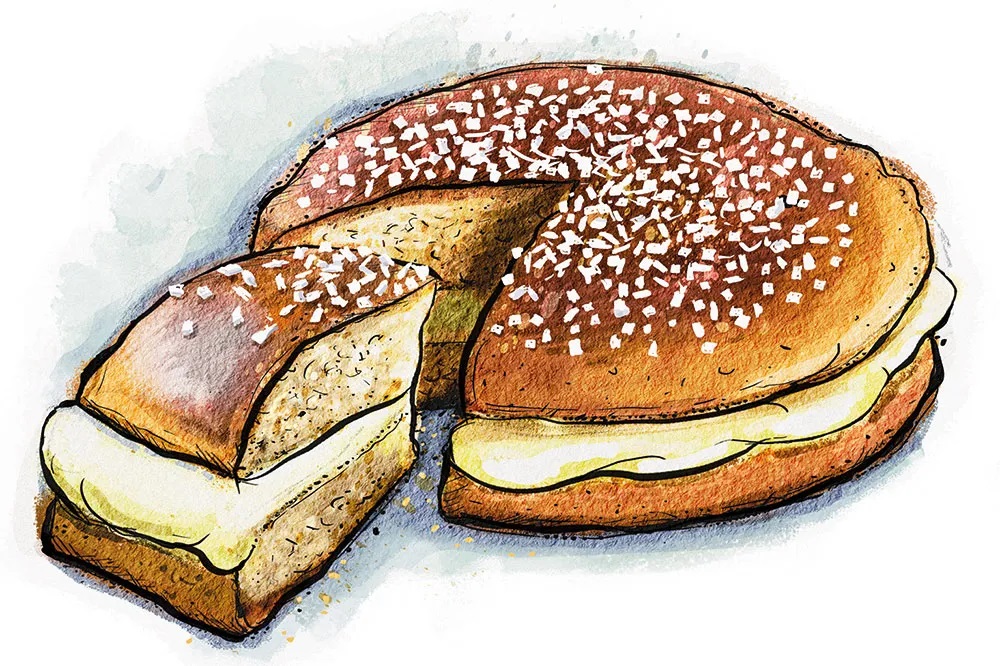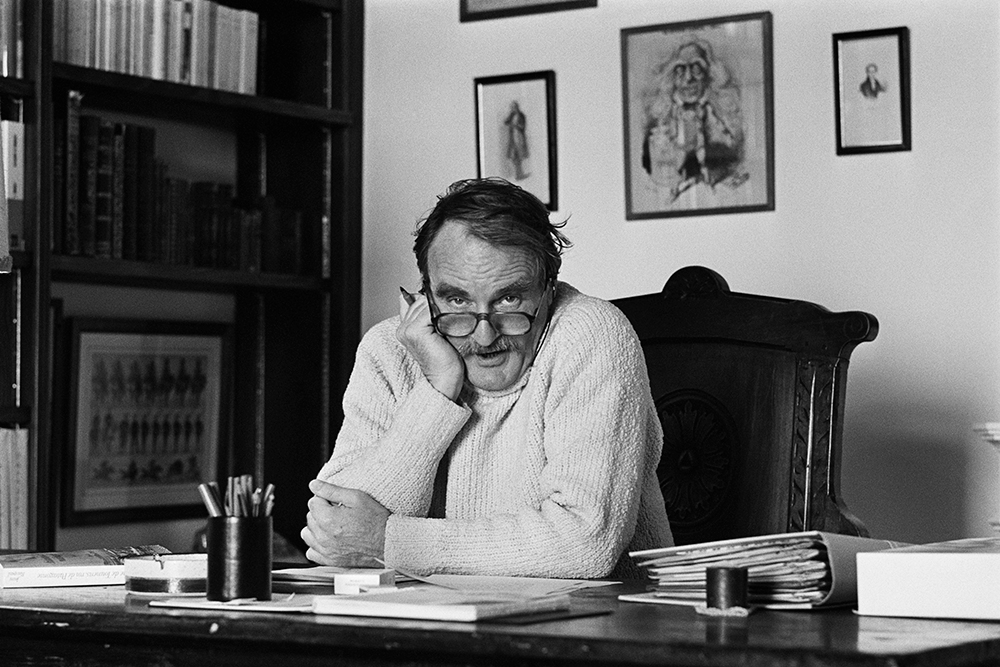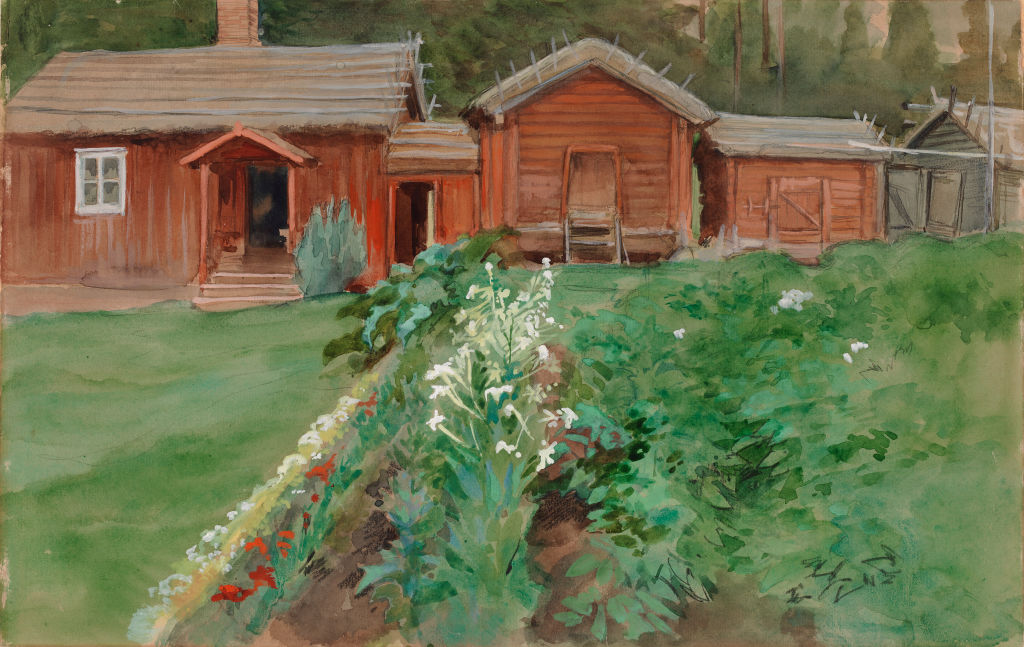Is there a more glamorous piece of pâtisserie than the tarte tropézienne? Born in the inherently chic Saint-Tropez, named by Brigitte Bardot on the set of a film before becoming such a cult favorite that it graces virtually every bakery on the French Riviera, the tarte tropézienne has star quality.
But for some reason, it’s rarely found beyond its namesake town; I’ve never even seen it anywhere where I live. There’s been a real resurgence in recent years of retro or comparatively unknown European pastries — the choux bun, the pain Suisse and the Kouign-amann have all become cool, widely available bakery favorites — but the tropézienne remains uncharacteristically low profile. I think it’s time it had its moment in the sun — or, as would be the case here, in the drizzle.
It’s not a tart at all, but an enormous brioche bun, topped with pearl sugar and sandwiched with a thick custard
The tart was created in 1952 by a Polish pâtisserie owner, Alexandre Micka, who lived and worked in Saint-Tropez. He based it on an old family recipe; three years later, Bardot was filming And God Created Woman in the area, and Micka was doing the catering for the cast and crew. His brioche and custard cake was wildly popular, and became a fast favorite on set. It was Bardot who suggested he give it a proper name. Actually, she proposed a name herself, “la tarte de Saint-Tropez,” but Micka went with the snappier name we know it by today — and in the 1970s, he both trademarked the name, and renamed his bakery after it.
While the “tropézienne” bit of the name might be accurate, it’s not actually a tart at all, but rather an enormous brioche bun, topped with pearl sugar and sandwiched with a thick custard, traditionally flavored with orange blossom water. It will serve at least ten, sliced up like a birthday cake. It’s as if a layer cake and one of those very fancy custard-filled artisan donuts had a baby.
Tarte tropézienne is wonderful and is one of my very favorite baked goods: it takes the best bits of brioche — soft, tender, only-just-sweet buttery crumb — and the best bits of custard — cool, luscious, slightly floral — and combines them in a simple way. It sounds nice enough in theory but it’s only in practice that you discover quite how charming and delicious it really is.
Perhaps it owes its magic to the bun itself, which is less enriched than classic brioche dough, making it a little more robust, which it needs to be to enable it to hold the custard. Or it’s the mixture of crème pâtissière and softly whipped cream in that custard, making it simultaneously light in texture and rich in taste. For me, I think it’s the clever balance of subtle sweetness, most of it coming from the crunch of the pearl sugar as you bite into it, and the perfume of the orange blossom water that makes the whole thing so elegant and delightful. But even that doesn’t quite do it justice. You’ll just have to take my word for it, and make it.
Brioche sounds complicated — it’s one of those things that we think of as particularly tricky or advanced because it involves yeast and is sold in fancy shops, and it takes an age to make. But it is in fact very do-able. A tarte tropézienne will take you a couple of days to make, but you won’t have to do anything for most of that time; like the dough, you can just chill. The length of time it takes is down to the butter and eggs in the dough making it slow to prove. This also makes the dough very sticky and elastic, and therefore difficult to handle, so it benefits hugely from spending a night in the fridge. But once it’s been chilled, it’s like working with Play-Doh, and the shaping is, appropriately, child’s play.
It’s possible to make brioche by hand, but it is much, much easier with a stand mixer. It requires a lot of kneading to transform it into a smooth, primrose-colored dough that will fill your house with the scent of sweet butter. If you do decide to approach the project by hand, be prepared to employ a considerable amount of elbow grease.
Serves 10
Cooks 25 mins
Takes 40 minutes (plus proving time)
For the brioche
- 10½ oz strong white bread flour
- 2¾ oz whole milk, warm
- ⅓ oz instant yeast
- ⅓ oz fine salt
- 1 oz caster sugar
- 2 tbsp pearl sugar
- 2 whole eggs + 1 egg to glaze
- 3½ oz unsalted butter, soft
For the filling
- 12 fl oz whole milk
- 2⅓ oz caster sugar
- 4 egg yolks
- 1 oz cornflour
- 1 tsp vanilla paste
- 1 tbsp orange blossom water
- 3⅓ oz whipping cream
- In a stand mixer with a dough hook, mix together the flour, milk, yeast, salt, sugar and eggs. Knead for five to ten minutes (fifteen minutes if you’re kneading by hand). Add the butter bit by bit. Cover, leave to prove for three hours, then refrigerate overnight
- Heat the milk until steaming. In a bowl, whisk together the egg yolks and sugar, then whisk in the cornflour. Pour a splash of the hot milk into the egg mix and whisk, then return the whole thing to the milk pan, and stir until it begins to bubble
- Add the vanilla and orange blossom water, decant into a shallow bowl, cover with Saran wrap and refrigerate
- Decant the dough onto a floured work surface, fold it in on itself to make a ball and turn it over, so the smooth side is facing you. Roll into a nine-inch-wide disc and transfer to a lined baking tray. Leave to prove for two to three hours
- Preheat oven to 350°F. Glaze the top of the brioche with beaten egg, then scatter the pearl sugar over the top. Bake for twenty-five minutes, then leave to cool completely
- Beat the custard mix until smooth. Whisk the whipping cream into soft peaks, and fold it into the mix
- Halve the brioche horizontally. Spoon the crème pâtissière into the center of the bottom half, then smooth it into an even layer, and place the other half on top
This article was originally published in The Spectator’s UK magazine. Subscribe to the World edition here.

























